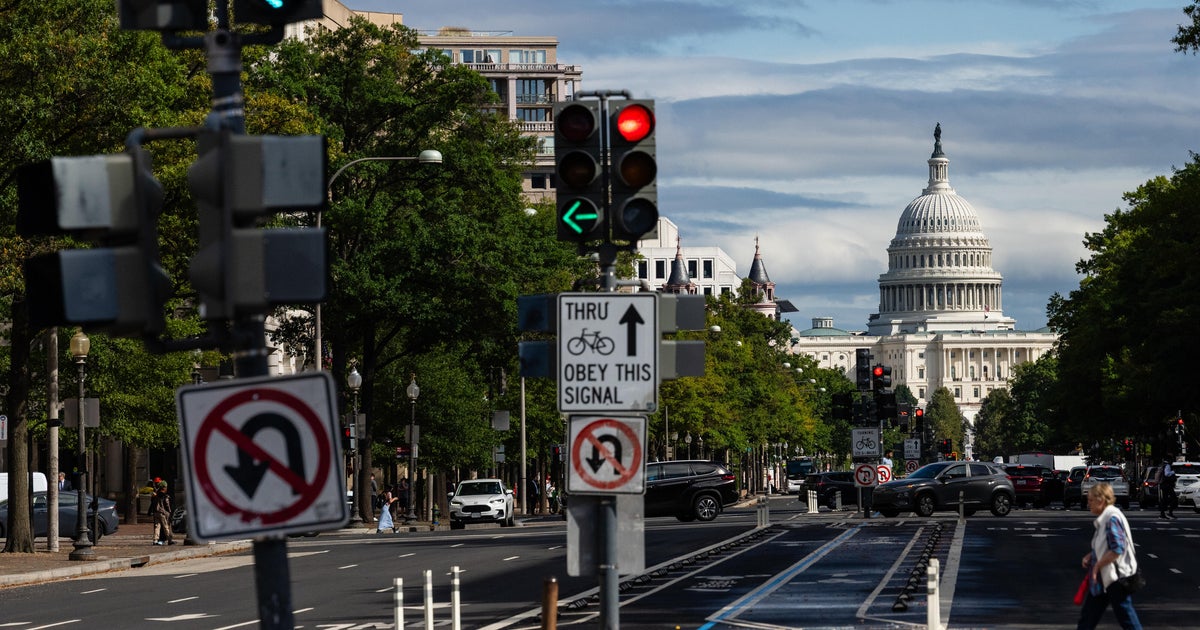Opinion
September 16, 2025 — 11.59am
September 16, 2025 — 11.59am
Homegrown structural challenges and Donald Trump’s trade wars are increasingly weighing on China’s economy and showing up in its economic data.
Data released by China’s National Bureau of Statistics this week showed retail sales and industrial output are growing at their weakest rate this year, while the four-year decline in its property market is continuing.

China is dealing with external and internal threats to its economy.Credit: AP
The effects of the relatively modest stimulus measures Beijing rolled out in the final quarter of last year appear to be waning and the government’s efforts to combat “involution” – over-capacity and fierce price competition that is generating deflation – appear to be contributing to the slowdown in growth.
Earlier this month, China’s trade data showed that the impact of Trump’s tariffs is starting to bite, with exports to the US crashing by 33.1 per cent and total exports growing at only 4.4 per cent in August, against the 7.2 per cent growth in July.
Loading
With the US now exhorting Europe to punish China for buying oil from Russia by imposing 50 to 100 per cent tariffs, Mexico planning a 50 per cent tariff on imports of Chinese vehicles and other developing economies looking at similar measures to protect their industrial bases from a flood of Chinese exports diverted from the US, China’s export-driven economic strategy is under increasing pressure.
Without another, larger, bout of stimulus – which Xi Jinping has steadfastly refused to contemplate – China’s ability to achieve its growth target for this year of “around 5 per cent” is under threat, particularly as the base for the December quarter was inflated by last year’s interest rate cuts and subsidies for trade-ins of household goods and vehicles, the impact of which has waned over the course of this year.
Beijing has offered a 1 per cent interest rate subsidy for small consumer loans this month, but that is unlikely to have a material impact on consumption, which is still weak. Retail sales growth slowed from 3.7 per cent in July to 3.4 per cent in August.
The combination of the prolonged slump in the property market over the past four years, the excess capacity in key areas of its industrial base and the pressure on export growth is showing up in slowing industrial production and near-flatlining fixed asset investment.
Industrial production grew 5.2 per cent in August, its lowest growth rate in a year, against 5.7 per cent in July.
Fixed asset investment grew only 0.5 per cent, its weakest growth rate since the pandemic, reflecting both the continuing slump in real estate investment – which was down 12.9 per cent in the first eight months of this year relative to the same period last year – and weaker private investment more broadly.

China’s ongoing property slump is spreading through the economy.Credit: AP
Property prices continue to fall – they fell 0.3 per cent in August, relative to July – as they have done for nearly 3½ years. They are down 3 per cent year-on-year, although the prices of new homes do appear to be stabilising at their lower levels. The secondary market for homes remains under pressure.
The continuing slump in the property market is also impacting other sectors and markets.
Loading
Crude steel production has fallen for the past three months and was down 0.7 per cent in August, which is reflected in relatively subdued iron ore prices. There is nothing in China’s data that offers relief for the major iron ore miners.
BYD, China’s leading carmaker and one of its few profitable auto companies, last week reported a 30 per cent plunge in profit and cut its forecast of deliveries for this year from 5.5 million vehicles to 4.6 million, which provided a quite dramatic insight into the wider problems of sluggish domestic demand and the massive over-capacity within China’s industrial base.
BYD has led a series of price cuts in a sector plagued by that over-capacity, intense domestic competition and heavy losses.
The torrid domestic conditions have resulted in a flood of Chinese electric vehicles hitting export markets, where margins can be double or triple those available within China, and ignited a growing backlash from governments anxious to protect their own auto industries.
Beijing is trying to force consolidation on those industries – many of them, like EVs, solar panels and semiconductors, whose growth was encouraged and subsidised by the government as part of China’s long-term economic strategy to dominate key industries – because they have created a misallocation of resources and capital and have contributed to the deflation experienced over the past three years.
Producer prices fell 2.9 per cent, year-on-year, in August, so the deflationary pressures are continuing.
The anti-involution measures Beijing is imposing is impacting investment and will affect employment levels (the official unemployment rate edged up from 5.2 per cent in July to 5.3 per cent in August).
They will weigh on already-threatened exports and the economy’s growth rate but are a necessary effort to reduce the structural imbalances within the economy and, perhaps, to reduce to some degree the trade tensions generated by the tide of cheap exports that is a product of the excess domestic capacity.
While Beijing tries to deal with the structural issues within the domestic economy, it is also trying to negotiate a better trade relationship with the US.

China’s leading carmaker, and one of its few profitable auto companies, BYD, last week reported a 30 per cent plunge in profit and cut its forecast of deliveries for this year from 5.5 million vehicles to 4.6 million.Credit: Bloomberg
US and Chinese trade officials met in Madrid on Monday – their fourth round of trade talks this year – but their negotiations were mainly focused on the fate of TikTok, rather than tariffs. The US had made resolution of TikTok’s ownership a pre-condition for more substantial trade talks.
Both sides said they had reached a “framework” agreement on TikTok, which the Trump administration has threatened to shut down in the US unless its US entity is distanced from its Chinese parent company, without releasing any details.
Earlier this year, both the US and China agreed to suspend their threatened tit-for-tat extreme tariffs – the US momentarily imposed a 145 per cent tariff on imports from China, with China responding with a 125 per cent tariff of its own – but have yet to agree a new trade relationship. The “truce” has been extended until early November, although it may be extended again.
Trump’s tariffs have hurt China directly by slashing its exports to the US, but the wider threat to China comes from the increased global focus on trade and on the potential diversion of its exports to other markets. Increasing protectionism is inimical to decades-long Chinese economic strategies aimed at global domination of key 21st Century industries.
Loading
It is ironic that the sheer success of Xi’s “Made in China 2025” strategy, developed a decade ago and which has resulted in the global dominance of vital technologies that it targeted, is now undermining China’s economy and adding to global trade tensions ignited by the US response to that success.
The Business Briefing newsletter delivers major stories, exclusive coverage and expert opinion. Sign up to get it every weekday morning.
Most Viewed in Business
Loading


















































